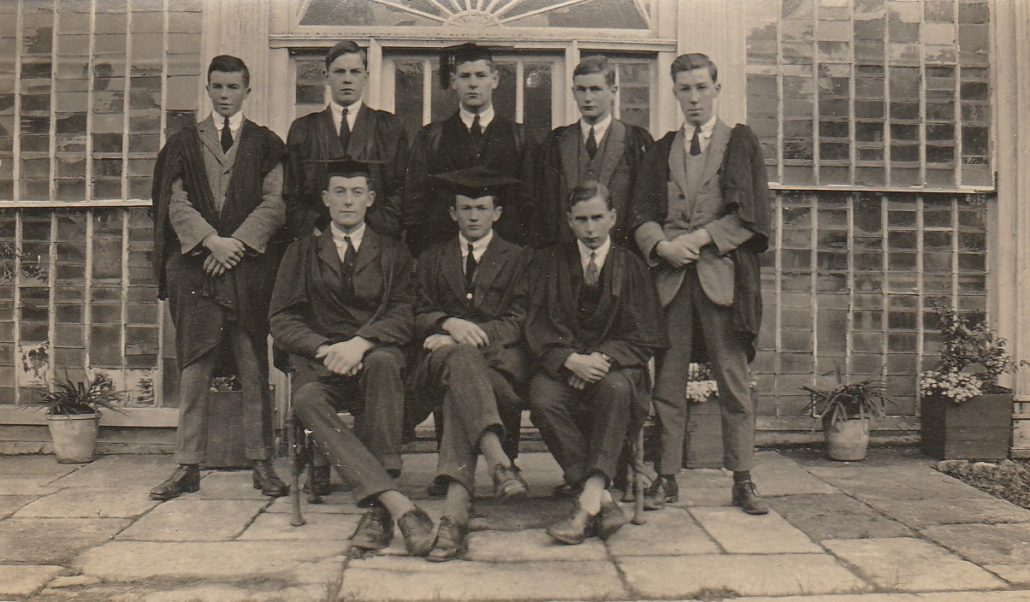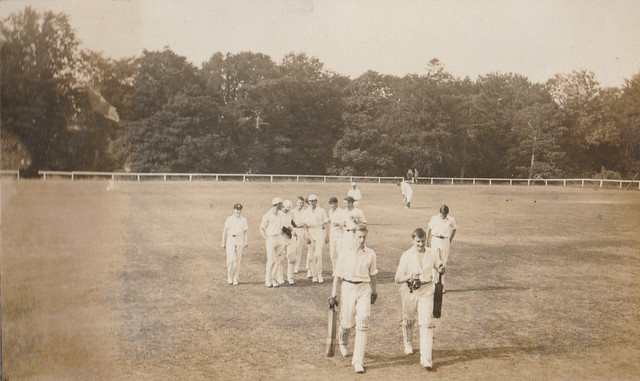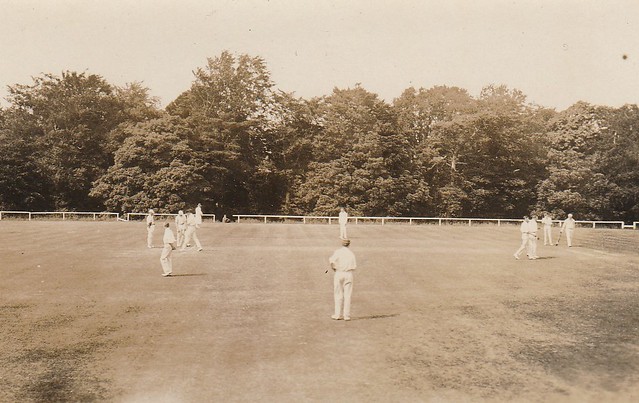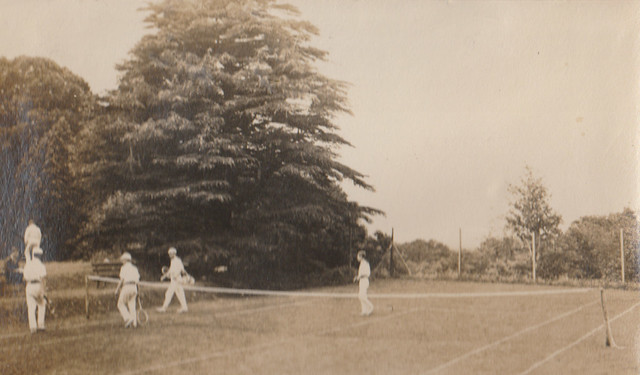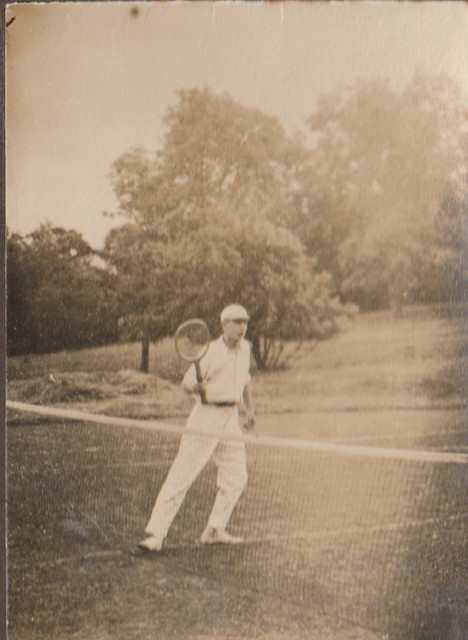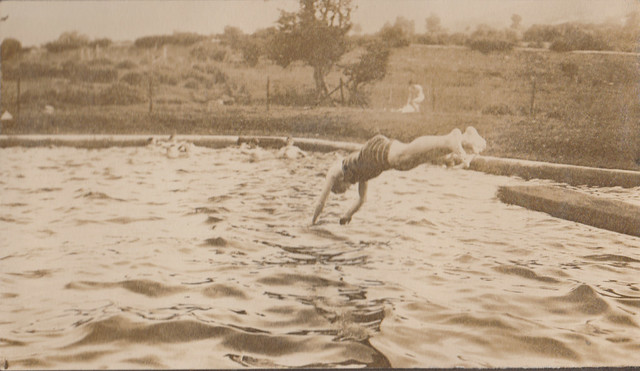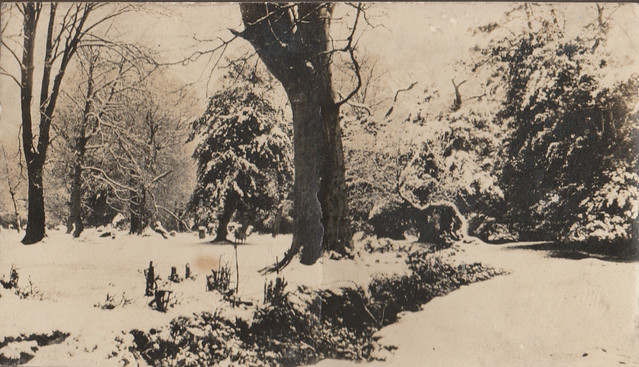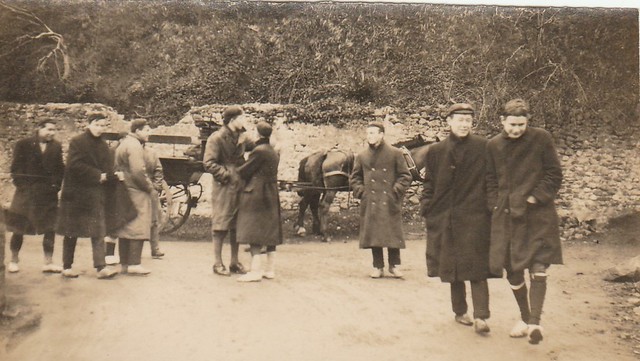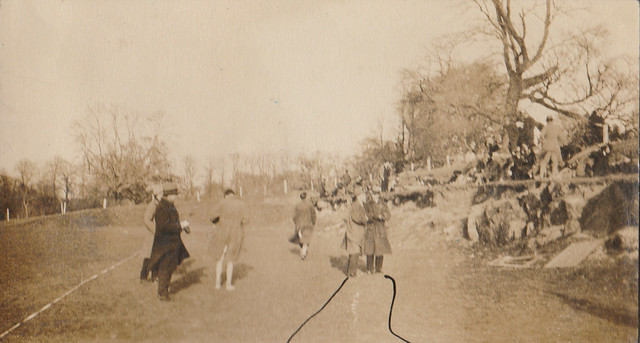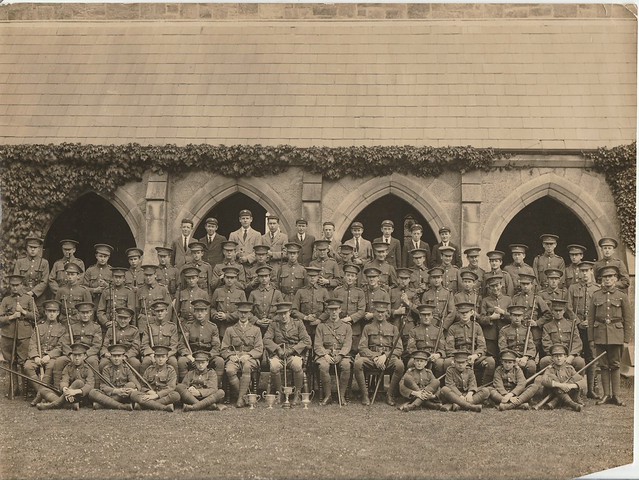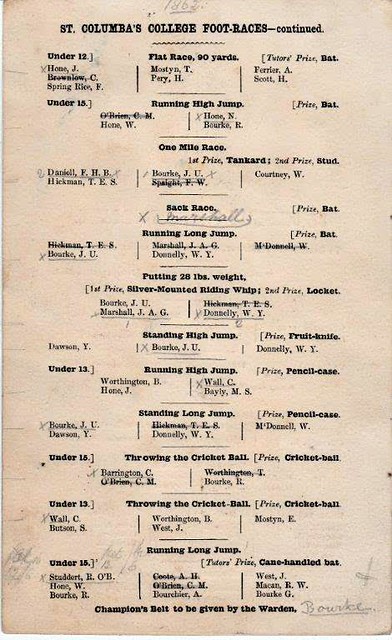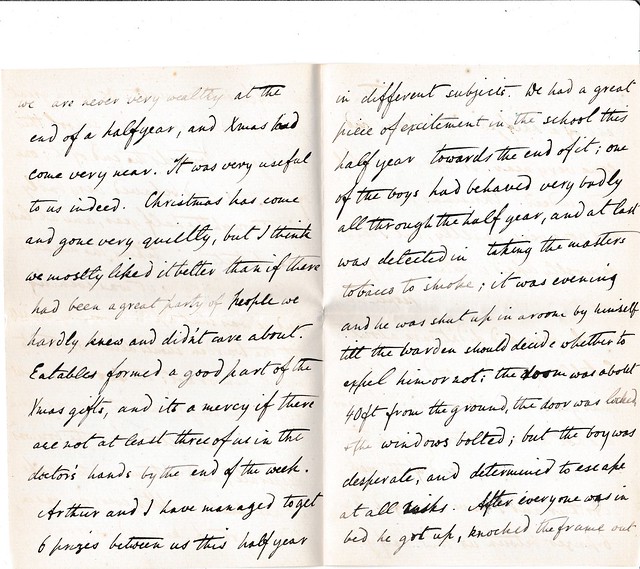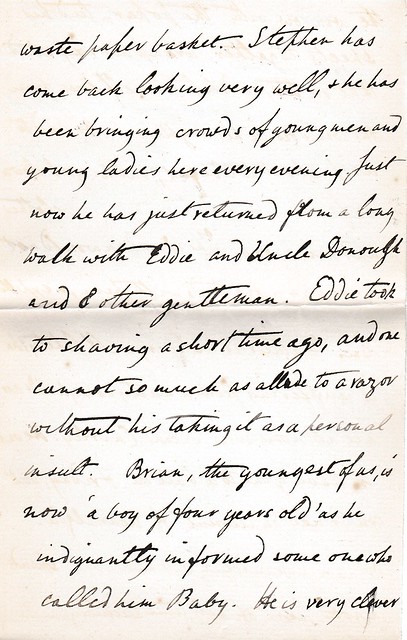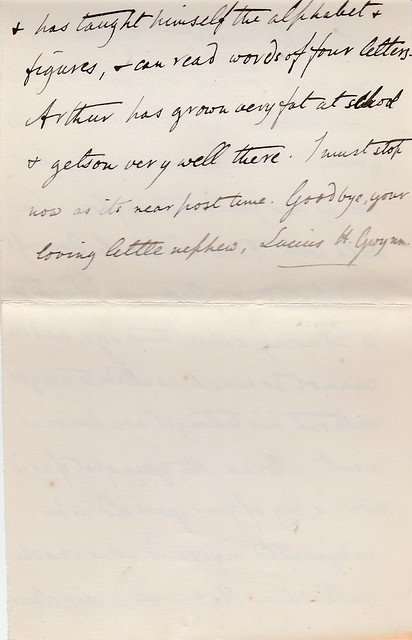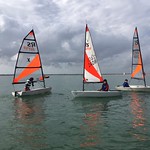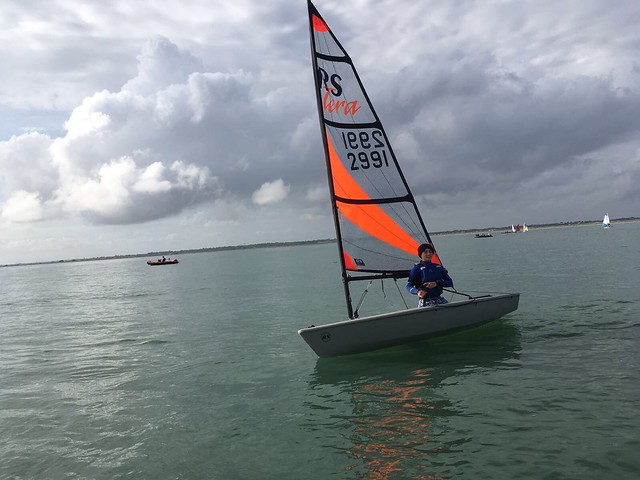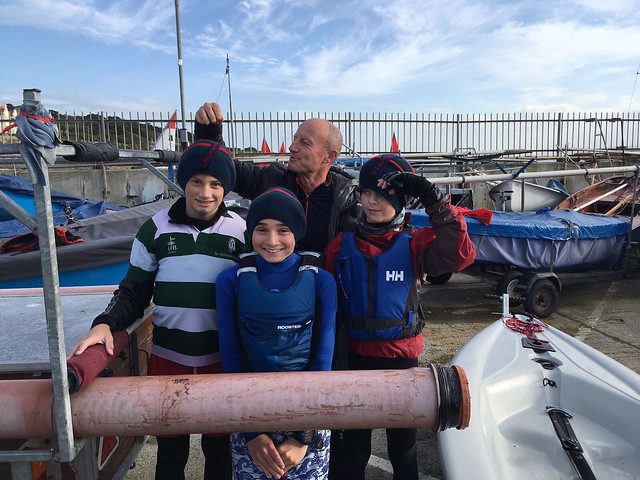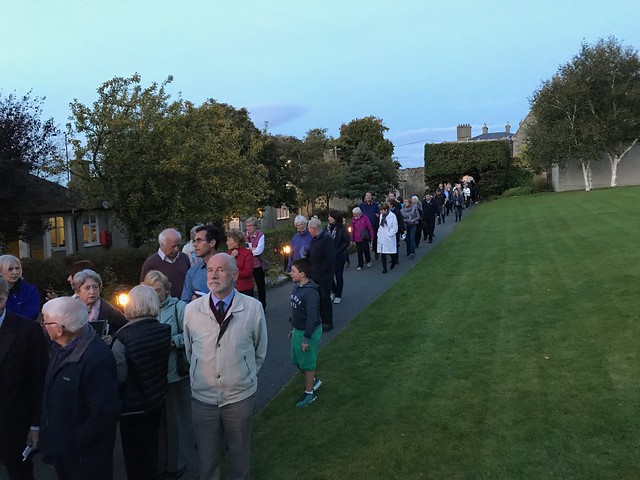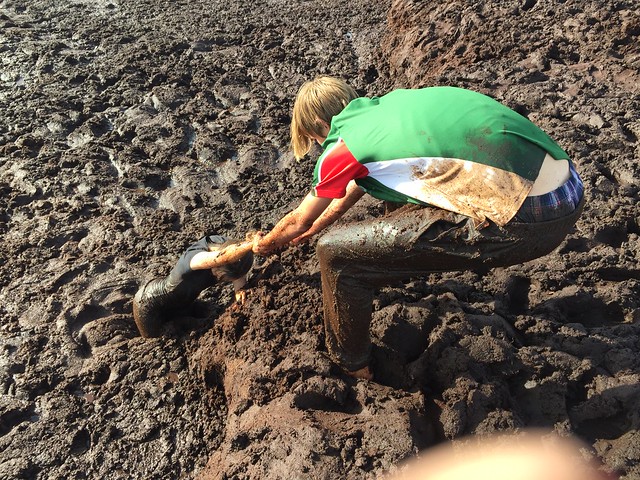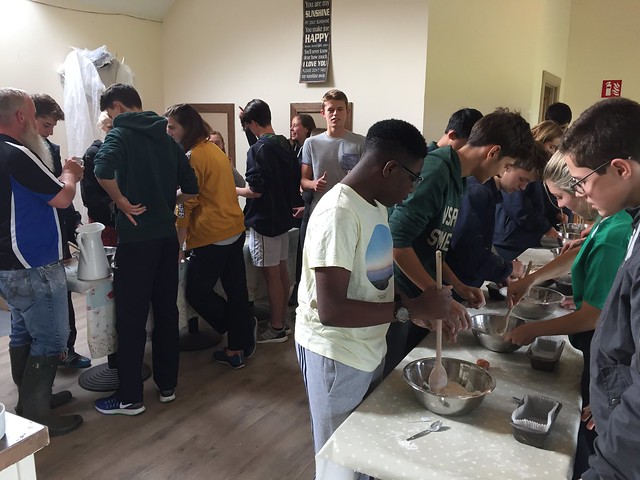Earlier this week we hosted a small team from the Boarding Schools Association, a British based but international network, who oversee the standard of boarding provision in a huge number of schools. As an Irish school we do not sit under their jurisdiction in the sense that they cannot pass or fail what we do, but they are the best people to advise on boarding and that is why I invited them in to give us the once over. As I have made clear before I don’t want to benchmark ourselves against other Irish schools but rather against the very best anywhere. There is no boarding inspectorate in Ireland and that could be a dangerous thing, so we need to be proactive in seeking out the best practice.
I am still awaiting a full report but the initial feedback has been very positive. While there are known weaknesses in some of our provision of facilities, which will be addressed by our development plan over the next few years, it was obvious to them, just as it is to me, that we are blessed with some outstanding pastoral leaders in the school and the team were very impressed by the obvious dedication and care that is provided in our houses. I will feed back more in due course, when I have received a fuller report, but please be assured that our pastoral provision is excellent already and I hope to make it even better as we go forward.
It has made me think about the benefits of boarding and to try to verbalise what we mean when we talk about a ‘full boarding experience’. I think we in the College know what it means because we live it, but for an outsider, someone unfamiliar with boarding schools and who has perhaps never contemplated sending their child to one, it is probably not at all obvious. In Ireland there are few boarding schools and many of those that do exist are five day a week boarding, with a very limited weekend programme for those few who remain in. When we at St. Columba’s talk about a full boarding experience we are talking about something that we offer that is unique in Ireland and therefore is not easy to sell to people since they don’t see it elsewhere. Let me try and explain what I mean by it and why I think it is of value.
In my mind boarding gives young people the experience of learning to live alongside other people. In that environment they learn to appreciate those who are very different from themselves, people who may not share their interests, even people whom they may not naturally like. That is a great lesson for life, because in the future they will not always work or live with those they find easy or who are like themselves. And in that situation it so often happens that young people learn to find value in others, to respect their differences and ultimately to enjoy those differences. The rugby player appreciates the musician, the serious academic learns that others don’t find things as easy as she does, the gregarious extrovert comes to see that there is value in the quiet one. Friendships are formed and – and this is undoubtedly true and borne out by my experience and that of many others – they often last a lifetime. They will be at each other’s weddings, be godparents to their children and continue a lifelong journey together. A recent reunion of Columbans who left 20 years ago was very well attended by a large percentage of those who left in 1997. Say no more.
Our boarding is very full time and cannot be compared to the boarding provided by most Irish schools that have a relatively small number of boarders. That means that our boarders do not go out much, they have six days of school, six days of sport, they have things to do on a Saturday evening and often on a Sunday too, quite apart from chapel. And you can add to that something else that is unique to St. Columba’s in the Irish context, that the majority of our staff live on site, not just the boarding staff. That means that they are around in the evenings and at weekends, that they are seen with their wives and husbands and their children and their dogs. So the College is not just a school but a home for many, and that creates a very different atmosphere. There is a great African proverb, ‘It takes a village to raise a child,’ and I think that that is what is great about boarding at its best. I also believe that the village atmosphere provides a very different experience for our day pupils too, as they absorb many of the same things that the boarders do. I think that the creation of a deep sense of community is what is special about what we do here and why we will remain committed to the full boarding experience, even in changing times and whatever other schools may choose to do.

